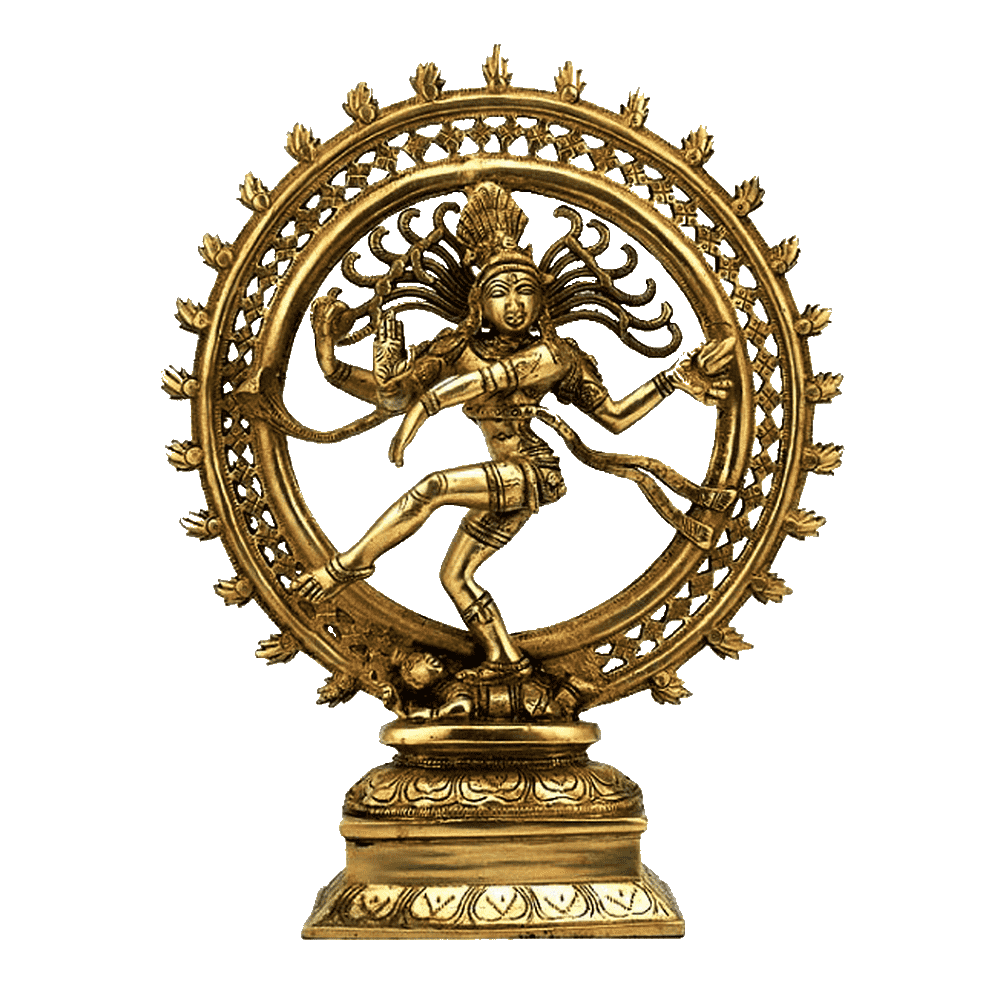
Nihsvasatattvasamhita
This text delves into the principles of breath control and pranayama
Introduction:
Niḥśvāsatattvasaṃhitā, also known as the Niḥsvāsa-tattva-saṃhitā or simply Niḥśvāsatattva, is an ancient Tantric text that focuses on the principles of breath control and pranayama. The word “Niḥśvāsa” refers to breath or respiration, and “tattva” signifies the fundamental principles or truths of existence. This sacred scripture delves into the profound practice of pranayama and its vital role in the spiritual evolution of the practitioner.
Origins and Context:
As with many ancient Tantric texts, the exact origin and authorship of the Niḥśvāsatattvasaṃhitā remain obscure. It is considered to be a part of the broader Tantric literature and is believed to have been composed in ancient India, possibly several centuries ago. The text, like many others, is attributed to divine revelations from Lord Śiva, imparting sacred knowledge to sages for the betterment of humanity.
The Importance of Pranayama:
Pranayama is an essential aspect of traditional yoga and is regarded as a powerful practice in various spiritual traditions, including Tantra. The word “pranayama” is derived from “prana” (life force) and “ayama” (extension or control). It involves conscious regulation of breath to manipulate the flow of life force within the body, facilitating physical, mental, and spiritual well-being.
Teachings of Niḥśvāsatattvasaṃhitā:
Pranayama Techniques:
The Niḥśvāsatattvasaṃhitā provides detailed instructions on various pranayama techniques. These practices involve the regulation of inhalation (puraka), exhalation (rechaka), and breath retention (kumbhaka) in specific patterns and ratios.
Purification of Energy Channels (Nadis):
The text emphasizes the importance of clearing and purifying the subtle energy channels (nadis) in the body. Pranayama is considered a powerful means to remove blockages and facilitate the smooth flow of prana throughout the energy system.
Balancing the Vital Energies (Pranas):
Niḥśvāsatattvasaṃhitā teaches the practitioner how to balance the five main pranas (vital energies) – Prana, Apana, Vyana, Udana, and Samana – to harmonize the body and mind.
Awakening Kundalini:
The practice of pranayama is said to awaken Kundalini, the dormant spiritual energy, and guide it through the central energy channel (Sushumna Nadi) towards the crown of the head, leading to spiritual awakening and self-realization.
Benefits of Pranayama:
The text outlines the numerous benefits of regular pranayama practice, including improved physical health, increased mental clarity, reduced stress, enhanced focus, and heightened spiritual awareness.
Union of Prana and Apana:
The Niḥśvāsatattvasaṃhitā discusses the union of Prana and Apana, representing the dual aspects of life force – the ascending and descending energies. This union is considered essential for the awakening of Kundalini and the experience of spiritual transformation.
Conclusion:
The Niḥśvāsatattvasaṃhitā serves as a valuable guide for practitioners seeking to explore the profound practice of pranayama and harness the transformative power of the breath. By following the teachings of this sacred text and engaging in regular pranayama practice, aspirants can experience improved physical health, mental clarity, and spiritual growth. The art of breath control as elucidated in the Niḥśvāsatattvasaṃhitā becomes a powerful tool for attaining higher states of consciousness, inner balance, and ultimately, self-realization.
Editor – Kaalchakra Team
[ Note – Before Concluding anything as a Finale, Please Go through Original Scriptures of Vaidik Literature Written in Sanskrit and Also with Meaning of That time of Language. Because English is a Limited language to Explaining the Deeper Knowledge of Vaidik Kaal. ]
